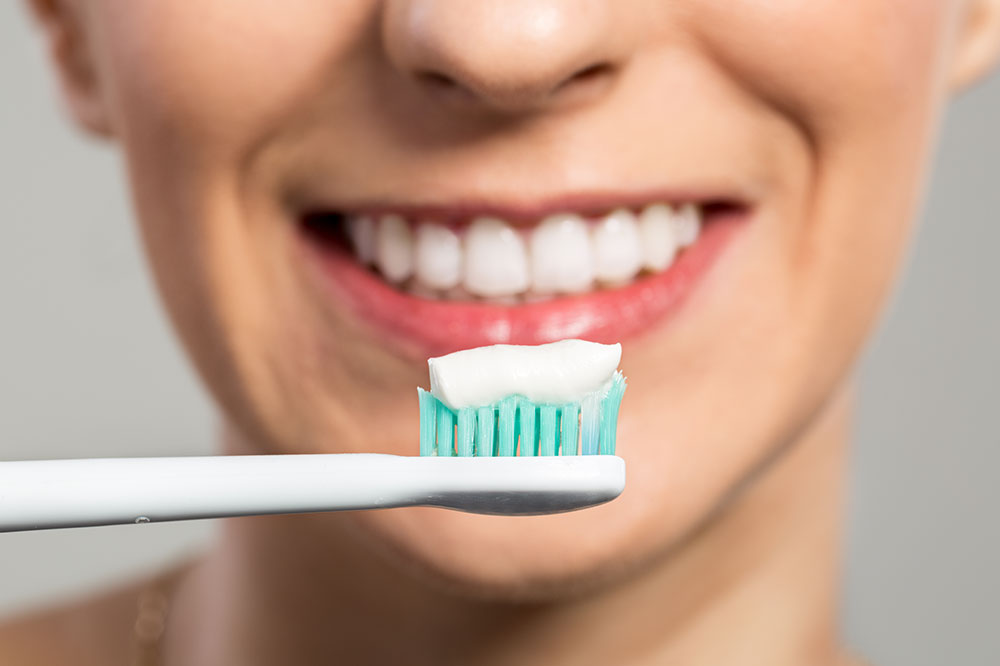Guide to Sensitive Teeth and Effective Whitening Toothpastes
Discover effective solutions for sensitive teeth and how to select the best whitening toothpastes. This guide covers key ingredients, benefits, and top product recommendations to help you maintain a radiant smile while protecting sensitive areas. Find tips on reducing sensitivity, preventing stains, and choosing the right dental care products for optimal oral health and confidence.

Guide to Sensitive Teeth and Effective Whitening Toothpastes
Understanding Sensitive Teeth and Choosing the Right Whitening Toothpaste
Maintaining a radiant smile depends heavily on the brightness and health of your teeth. Regular brushing is essential for good dental hygiene. After trying various brands and types, exploring the top-rated toothpastes available can make a significant difference in your oral health and confidence.
Different toothpastes contain unique ingredients tailored for specific dental needs. Selecting an appropriate toothpaste can boost your dental care routine and improve overall oral health.
Many toothpastes feature active ingredients designed to promote oral hygiene. Here’s a look at some common components and their benefits:
Why choose anti-plaque toothpaste?
Experiencing a fuzzy feeling in your mouth indicates plaque buildup.
Plaque is a sticky layer of bacteria that forms on teeth when they aren’t brushed regularly.
It develops primarily from sugar and starch residues in the mouth.
Unchecked plaque feeds bacteria, creating acids that cause decay and bad taste.
Using an anti-plaque toothpaste reduces plaque formation and bacterial buildup.
What is tartar control toothpaste?
Tartar, or calculus, is hardened plaque that resists removal by normal brushing.
It often requires professional removal by dental hygienists.
To combat tartar, choose toothpastes containing zinc citrate or pyrophosphate ingredients.
How to address teeth staining?
Tea, coffee, and wine often cause surface stains on teeth.
Enamel whitening toothpastes can brighten mild stains instantly.
Regular use over 2-3 months with whitening agents like abrasives and bleaching compounds helps fade surface stains.
Managing sensitive teeth
Tooth sensitivity can be painful, affecting enjoyment of hot or cold foods, sweets, or cold beverages.
It often results from gum recession, exposed dentine, or gum disease.
Specialized sensitive toothpastes help reduce discomfort by blocking nerve signals.
Key ingredients include potassium nitrate, stannous fluoride, and strontium chloride.
Additional ingredients in sensitive and whitening toothpastes
Preservatives and flavors prevent drying and enhance taste.
Whitening formulas may include enzymes or bleaching agents to remove external stains.
Strontium chloride and potassium nitrate are common in formulas for sensitive teeth, providing ongoing relief.
Consistent brushing over several weeks can help reduce sensitivity by exposing less dentine.
Top whitening toothpastes for sensitive teeth
Tom’s of Maine Naturally Whitening & Anti-Plaque Toothpaste: Made from natural ingredients, free from fluoride and gluten, offering gentle whitening and fresh breath.
Activated Charcoal Whitening Toothpaste: 100% natural, strengthens enamel, and removes stains caused by smoking or beverages from the first week of use.
Sensodyne Pronamel Gentle Whitening Paste: Restores natural whiteness, protects enamel from acid erosion, and reduces sensitivity while fading stains over time.
Choosing the right whitening toothpaste can help you achieve a bright, confident smile while caring for sensitive teeth.










